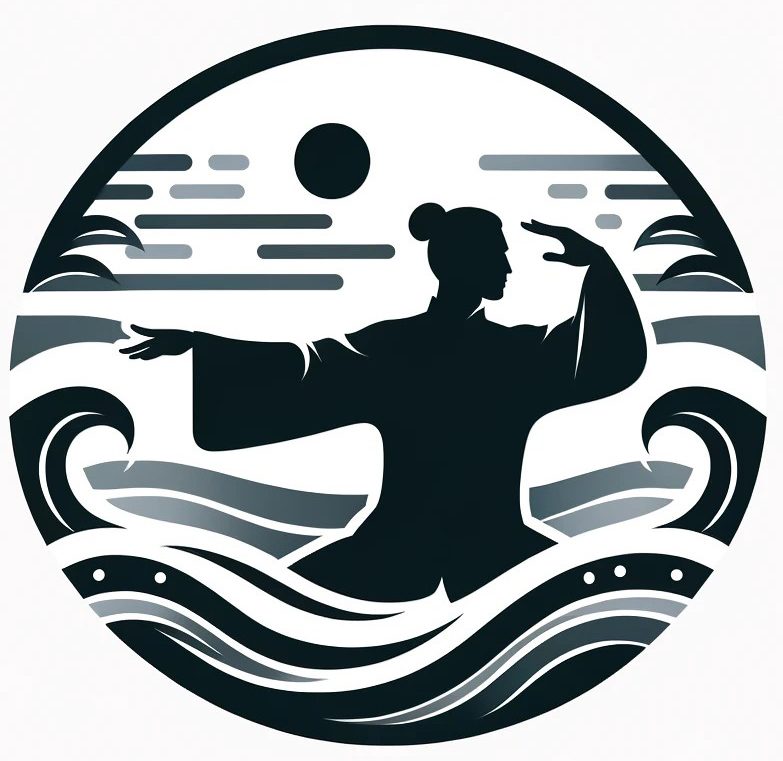Tai Chi Demo Master Yang Sau Chung
Yang, Sau Chung (1910-1985), the eldest son of Grandmaster Yang Cheng Fu, began his Tai Chi Chuan training at the tender age of 8 under his father's vigilant supervision. By the time he was 14, he had already started assisting his father in teaching the art. His role grew significantly, and by 19, he was accompanying his father on teaching tours across China. Notably, many who claim to have been taught by Yang Cheng Fu were, in reality, instructed by Yang Sau Chung due to his active involvement in these teaching sessions. In 1949, amidst significant political changes in China, Yang Sau Chung relocated to Hong Kong. Here, he continued his teaching but chose to do so privately at his home, maintaining a low profile until his death in 1985. His commitment to preserving and proliferating the Yang Family Tai Chi Chuan was profound, echoing the dedication of his forebears—his father, grandfather Yang Chien Hou, and great-grandfather Yang Lu Chan. Through his efforts, Yang Sau Chung attained one of the highest levels of mastery in his family's style.
